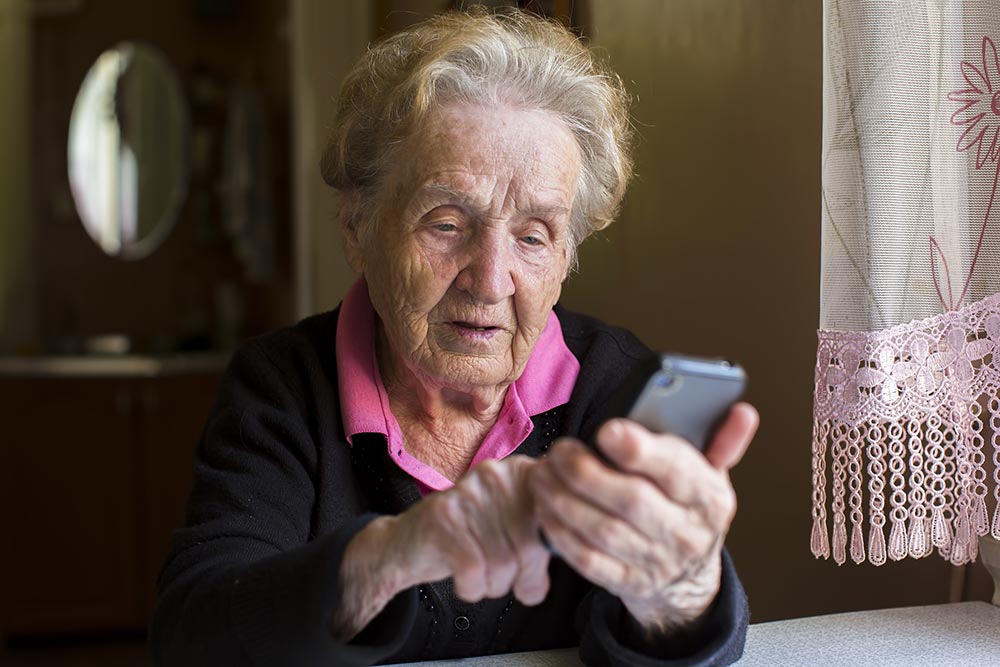Why better digital commissioning?
In 2016, technology powers much of our healthcare. It’s no longer just about top-down innovation or future plans and strategies, but a part of everyday life. And it’s not only the job of people with “information” or “technology” in their job titles: it’s also the responsibility of hundreds of NHS commissioners, clinicians and managers.
Better digital commissioning skills will make it easier for every part of the NHS to get the most of technology: to make better decisions about maintenance, purchasing and commissioning of big, critical systems and small, one-off interventions like apps and SMS engines, to support better clinical outcomes and put patients at the centre of their health and care.

Technology in the NHS
The NHS is one of the most complex organisations in the world. In fact, it’s not one organisation; if you count every GP practice, it’s 8,988 organisations, some of which are sizeable in their own right: for instance, the South London and Maudsley Foundation Trust, one of the 56 mental health trusts, is made up of three hospitals, one clinical unit and 100 community sites. And each of those organisations is staffed by problem-solving frontline staff who make hundreds of decisions every day to deliver good quality care to millions of people.
And, as we know, the complexity does not end there. There is an urgent need to spend less money and invest in sustainability. Our research has shown that technology does not yet play an effective supporting role in this.
On the one hand, there is a great appetite for innovation. Wearables are being explored to help people take control of their own health*, the potential of machine learning to save clinical hours is being trialled, and there are thousands of enterprising clinicians and commissioners creating or investing in tools that provide useful workarounds or alternatives to outdated practices.
But there is also the problem of legacy technology: each trust is supported by hundreds of systems that may or may not usefully speak to each other; much communication still relies on fax; a small number of big suppliers dominate essential services such as appointment booking**.
And so the gap between innovation and legacy projects continues to grow, leaving patients and professionals to work with technology that’s not quite fit for purpose.
So resourceful people find useful ways round: doctors message each other using WhatsApp or commission one-off apps to solve recurring clinical problems, while our research has shown that carers and people with multiple long-term conditions become full-time administrators - supporting the NHS with unpaid work to manage their information and appointments and enable better healthcare outcomes.
While there is a vision set out in Personalised Health and Care 2020 and national strategy for a paperless NHS, it’s a vision of the near future that sets out a goal for dramatic change. It’s not an ongoing strategy for improvement and better decision making. And for technology to truly transform the NHS, the NHS needs to transform the skills of its people: rather than limiting the potential of technology to being a paperless future, it could be a more informed and effective present day.

Skills over strategy
Well-deployed technology should not make the NHS more complex; it should make it more resilient and sustainable.
Personalised Health and Care 2020 describes itself as “a framework for action that will support frontline staff, patients and citizens to take better advantage of the digital opportunity”. But the framework is not simple: it’s a complex administrative tool, delivered by many projects. Understanding the framework, let alone the changes it’s instigating, is quite an undertaking.
This is in part because it’s very comprehensive.
But we cannot predict or understand every opportunity that technology will afford in the next five years or what kind of connectivity or access to technology people with the worst health outcomes are likely to have. And constantly looking ahead will not equip staff on the ground to make better decisions now, especially while questions of accreditation, regulation and good data management are still being resolved. Standards may take many years to evolve.
So instead of looking to the future, we should ensure there is a shared picture of what good looks like today. This will lead to better decision making in completely different contexts and help individual clinicians, CCGs and Trusts to put patients at the centre of their care.
“Commissioning” means a lot of different things in the NHS. If we strip away the organisational nuance, it means choosing something, purchasing it and getting it to work - or, to put it another way, better decision making. Good digital commissioning skills are vital for all of our institutions.
Encouraging every technology commissioner in the NHS to choose, pay for and maintain technology based on its usability, usefulness and longevity will lead to better patient experiences, efficiencies for staff members and organisations, and more resilient, interoperable infrastructure.
We have seen that a single shared goal like “Paperless 2020” encourages everyone to race towards that goal, using their own strategies to succeed under duress. This doesn’t equip people or organisations to adapt in a changing technology landscape.
We believe that a shared set of values and behaviours that celebrates best practice would lead to a shared language and understanding, and systemic renewal. To take the metaphor of learning a language, it would make the NHS fluent in technology, improved by daily practice and understanding, rather than forcing the awkward familiarity of learning by rote.
Changing people and culture is the most significant part of systemic change. It starts with shared vision and values and can be sped up with incentives for good practice, and deadlines for making change. A complex, constantly changing system like the NHS is made of people; improving the skills of the people is the best way to transform the organisation.
Shared values
We’d suggest values like those below might be a good place to start:
1. We build services for people, not systems
Person-centred, co-ordinated technology that puts holistic health, care and support needs of the individual, and the needs of staff and clinicians, before organisational structures or legacy systems.
2. We design for the needs of the furthest first
Make it work for the people who need it most, not the most people. This make it easier to understand the most important problems to solve: if a service can work for an older person with multiple co-morbidities or for a homeless teenager, it is more likely to have the capacity to work for everyone.
3. We prioritise and reward reusable, scalable technology
Governance and administration mean it often seems easiest to buy closed, corporate software or one-off bespoke solutions that are difficult to scale and expensive to maintain. Incentives for procurement should support long-term sustainability and flexibility of systems and tools, with open standards and open APIs, and open source where possible.
4. We ensure information infrastructure supports flexibility, enables diverse services and is suitable for tomorrow as well as today
Good infrastructure consists of small pieces, loosely joined, enabling updates, evolution and changing of providers and tools. Rather than big monolithic systems, the ability to connect systems through open, secure APIs is essential for people-first technology that brings together information from many organisations and systems.
5. We don’t reinvent the wheel
Find ways to use existing technology safely and securely: set standards, optimise infrastructure, share ways to integrate.
6. We balance innovation and access
Having a deeper understanding of how services are built – user-centred design, accessible software development and flexible, interoperable infrastructure – will make it easier to set priorities, learn appropriately from other industries and put innovation in the context of people’s real lives.
* “By 2020, citizens will use our national systems routinely to access information, select care, order services and deal with administrative tasks quickly. Citizens will use innovative new services, ‘apps’ and wearable devices developed by a wide range of organisations. These could be designed around specific illnesses and care pathways. Citizens will be able to link to them or share the data they capture on the national systems where appropriate. Care professionals will be able to access national systems much more easily.” Information and technology for better care (Health and Social Care Information Centre, March 2015)
** For example, at the time of publication, there are only four suppliers of GP Principal Clinical Systems listed in the GPSoC Lot 1 Accredited Services Register that provide both GP and patient-facing services.